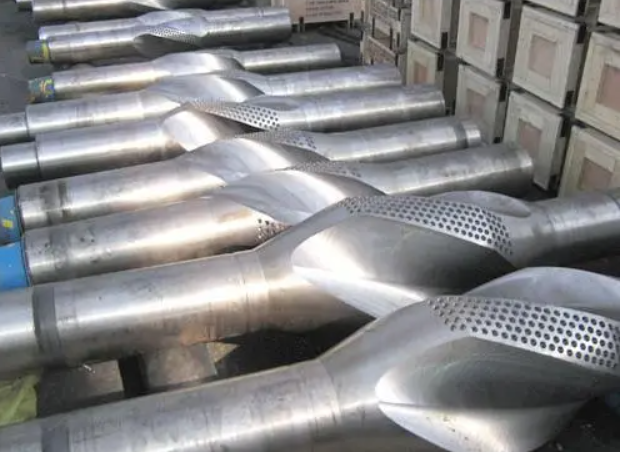4145H and 4145H MOD are two different steel specifications mainly used for high-strength and high-temperature applications in the petroleum and natural gas industries. Their differences lie in the following aspects:
Chemical composition: There is a slight difference in the chemical composition between 4145H and 4145H MOD. Normally, 4145H MOD has a higher carbon content and some alloying elements such as molybdenum, chromium, nickel, etc. are added to provide better strength and corrosion resistance. Heat treatment: 4145H and 4145H MOD steel undergo different heat treatment processes. 4145H undergoes quenching and tempering treatment, while 4145H MOD usually requires quenching and normalizing treatment to further improve its strength and toughness. Specific requirements: 4145H MOD steel usually meets stricter technical requirements and standards to adapt to special application environments. It may need to meet higher requirements for impact toughness, ductility, and corrosion resistance to ensure safety and reliability under extreme conditions.
4145H and 4145HMOD are two commonly used stabilizer materials. They differ slightly in their application fields and performance characteristics.
4145H
Advantages:
-High strength: 4145H has high tensile and yield strength, making it suitable for applications with high strength requirements.
-Corrosion resistance: This material has relatively good corrosion resistance and can be used in harsh environments.
Disadvantages:
-Poor processability: 4145H is difficult to process and requires the use of specialized tools and techniques for processing.
-High cost: Due to its high strength and corrosion resistance, the cost of 4145H is usually higher.
4145HMOD
Advantages:
-Better weldability: Compared to 4145H, 4145HMOD has better weldability, making it easier to weld with other components.
-Crack resistance: This material has excellent crack resistance and is suitable for applications that require crack propagation prevention.
-Excellent toughness: 4145HMOD has high toughness and can maintain good performance under high stress.
Disadvantages:
-Slightly lower strength: Compared to 4145H, the tensile strength and yield strength of 4145HMOD are slightly lower.
-Poor corrosion resistance: Compared to 4145H, 4145HMOD has slightly lower corrosion resistance.
Suitable materials need to be selected based on specific application needs. If there is a high requirement for strength and welding is not required, 4145H can be selected. If better weldability, crack resistance, and toughness are required, and the compromise of strength is acceptable, then 4145HMOD may be a better choice.
In summary, 4145H MOD steel differs from ordinary 4145H steel in terms of chemical composition, heat treatment, and specific requirements to meet the needs of higher strength and corrosion resistance. The specific choice of steel depends on the specific application scenario and technical requirements.
Post time: Nov-01-2023





